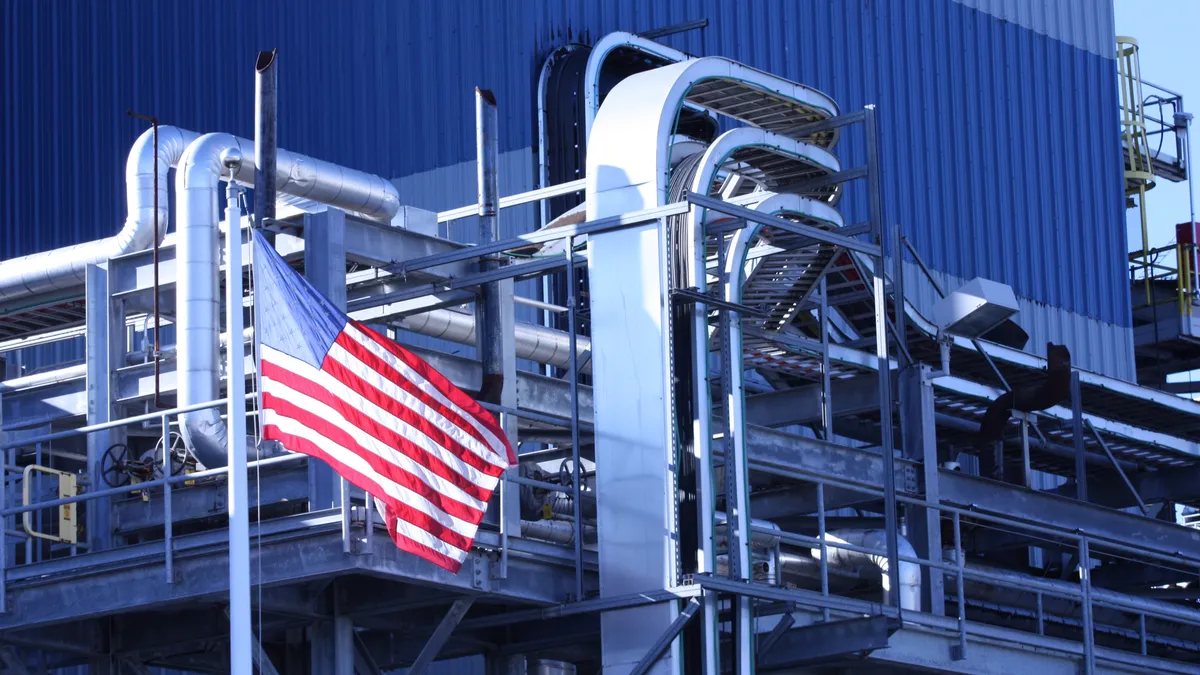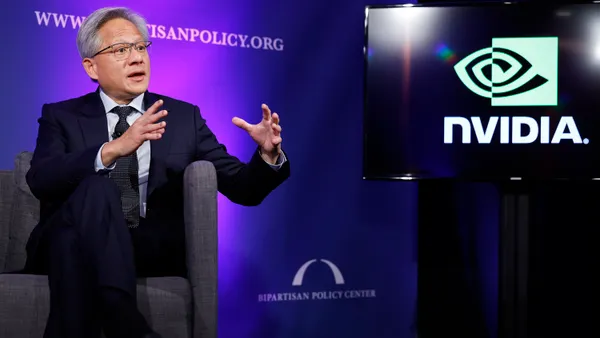The U.S. will implement a universal baseline tariff of 10%, effective April 5, and increased tariff rates on various countries, President Donald Trump announced at the White House Wednesday.
The president said that certain trading partners such as China, Japan and the European Union will be subject to higher duties than the baseline rate, effective April 9. Those countries will face levies equal to half of a calculated total of trade barriers, including tariffs and value-added taxes, Trump said is imposed on the U.S. by each trading partner.
For example, the U.S. will charge China a 34% tariff based on a calculated 67% charge the country has placed on the U.S. through tariffs and other trade actions. Meanwhile, Japan will be charged 24%, the EU will be charged 20% and Vietnam will be charged 46%.
— Rapid Response 47 (@RapidResponse47) April 2, 2025
The tariff rates will only apply to non-U.S. content of finished goods if at least 20% of the value of the product was made in the U.S., per an executive order Trump signed enacting the new duties.
Previously enacted tariffs on Canada and Mexico will not be affected by the new tariffs, per a White House fact sheet. This includes the pause on duties for imported goods compliant with the United States-Mexico-Canada Agreement.
Additionally, goods such as steel, aluminum, cars, automotive parts, copper, pharmaceuticals and semiconductors are not subject to the new duties. Previously enacted tariffs on steel and aluminum, as well as those on cars and automotive parts, will remain in effect.
The Trump administration’s decision softens the blow of what were initially promised to be universal reciprocal tariffs.
In February, Trump directed federal agencies to examine any non-reciprocal trade agreements the U.S. was subject to, and to submit proposed remedies within 180 days.
Although the memorandum called for proposed remedies, Trump initially said he would match tariff rates of other trading partners as part of this reciprocal tariff policy.
“In other words, they charge us a tax or tariff, and we charge them the exact same tax,” Trump said in an Oval Office news conference in February.
Trump consistently said that he would institute such reciprocal tariffs on April 2, a day after federal agencies were required to submit findings from the trade policy review he ordered on his first day in office. Although the findings have not been published yet, cabinet officials were tasked with evaluating trade agreements and potentially unfair trade practices by other countries.
In the leadup to April 2, Trump targeted specific countries and distinct sectors with increased import fees. His administration has hiked tariffs on China by 20% and considered 25% “secondary” tariffs on countries that buy oil from Venezuela.
Meanwhile, 25% tariffs on goods from Canada and Mexico were paused for products compliant within the United States-Mexico-Canada Agreement in March following an initial monthlong implementation delay.
U.S. trading partners have been responding in kind to Trump's tariff barrage, with China and Canada rolling out their own retaliatory duties and the European Union promising its own countermeasures by mid-April. Meanwhile, Mexico President Claudia Sheinbaum in February said the country had several plans to retaliate against higher U.S. import fees.
Correction: This story was updated to clarify which countries qualify for USMCA-related exemptions.













